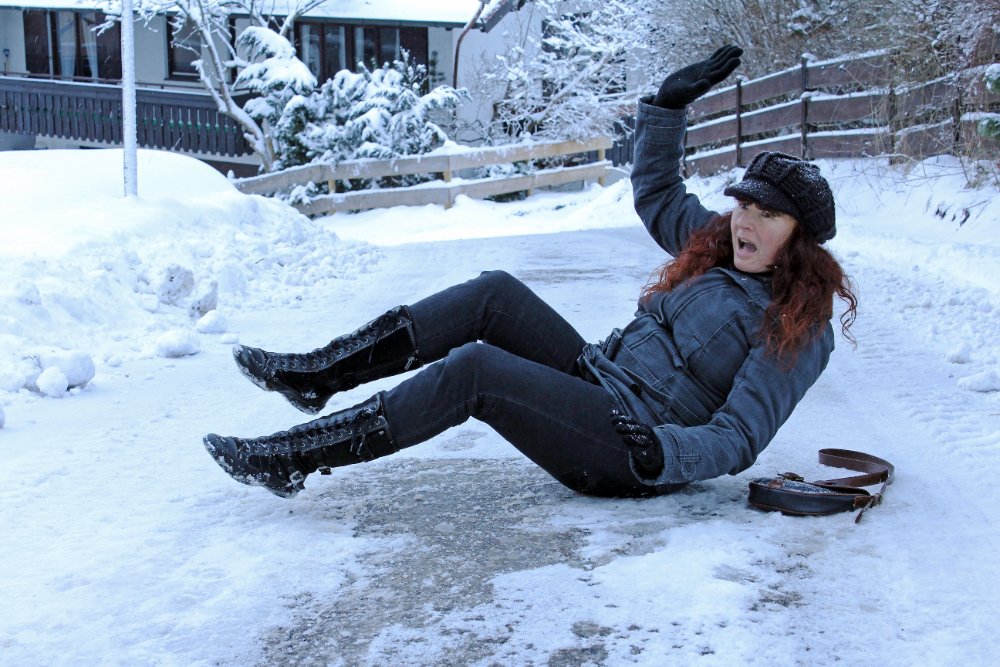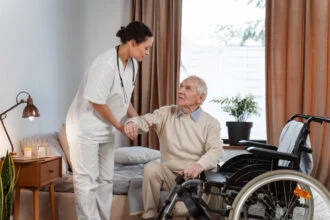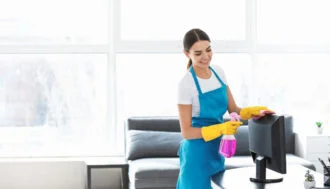Winter Slip and Fall Accidents: Legal Rights and Remedies for Vermonters
- 1 Understanding Liability in Slip and Fall Cases
- 1.1 Steps to Take After a Slip and Fall Accident
- 1.2 Legal Rights and Compensation for Vermonters
- 1.3 Comparing Winter Conditions and Legal Claims
- 1.4 Challenges in Proving Negligence
- 1.5 Preventive Measures for Property Owners
- 1.6 Resources for Vermonters
- 2 Conclusion
Winter in Vermont can be breathtakingly beautiful, with its snow-covered landscapes and serene environments. However, the same snow that creates postcard-worthy scenes can also bring treacherous conditions. Slippery sidewalks, icy driveways, and snow-packed steps are common hazards that lead to slip-and-fall accidents in winter. These incidents often result in injuries that disrupt daily life and may lead to significant medical expenses and other losses. Knowing your legal rights and the remedies available after such accidents is essential for Vermonters. This guide explores navigating these challenges, safeguarding your rights, and seeking appropriate compensation.
Understanding Liability in Slip and Fall Cases
Liability in slip and fall cases hinges on the property’s condition and its owner’s responsibilities. Under Vermont law, property owners are required to maintain their premises in a reasonably safe condition. This obligation includes the timely removal of snow and ice to minimize risks to visitors, tenants, and passersby. When property owners fail to meet this standard of care, they may be held liable for accidents resulting from their negligence.
For instance:
- Residential Properties: Homeowners are responsible for clearing sidewalks, driveways, and steps within a reasonable timeframe after a snowfall.
- Commercial Properties: Business owners must ensure customers’ entrances, parking lots, and walkways are safe. This often includes salting icy areas and addressing hazards promptly.
- Municipal Properties: Local governments are responsible for maintaining public spaces like sidewalks and parks. Failure to do so can lead to liability claims if negligence is proven.
Steps to Take After a Slip and Fall Accident
If you experience a slip and fall accident, the steps you take immediately afterward can significantly impact your ability to seek compensation. Here’s what you should do:
- Seek Medical Attention: Your health should be your top priority. Even if your injuries seem minor, seek medical evaluation to document your condition and rule out serious issues.
- Document the Scene: Take clear photographs of the accident location, focusing on icy patches, snow accumulations, or other hazards. These images can serve as critical evidence.
- Gather Witness Information: Collect the names and contact details of anyone who saw the incident. Witness statements can bolster your case.
- Report the Incident: Notify the property owner, manager, or relevant authority about the accident. Request a written report if possible.
- Keep Detailed Records: Maintain a file of all medical treatments, bills, lost wages, and other related expenses. This documentation helps quantify your damages.
- Consult a Personal Injury Attorney: A legal expert can evaluate your case, explain your rights, and guide you through the claims process to ensure maximum compensation.
Legal Rights and Compensation for Vermonters
In Vermont, individuals injured in slip and fall accidents have the right to seek compensation for various damages, including:
- Medical Expenses: Covers costs for hospital visits, surgeries, medications, physical therapy, and ongoing care.
- Lost Wages: Compensates for income lost due to missed work while recovering from injuries.
- Pain and Suffering: Accounts for physical pain, emotional distress, and diminished quality of life.
- Rehabilitation Costs: Includes occupational or physical therapy expenses to regain mobility and function.
A knowledgeable personal injury attorney can assess the specifics of your case and help secure fair compensation. They will consider factors such as the severity of your injuries, the extent of the property owner’s negligence, and the impact on your daily life.
Comparing Winter Conditions and Legal Claims
Understanding how specific winter hazards relate to legal claims is vital for determining liability. The table below illustrates common hazards and their legal implications:
| Winter Hazard | Legal Consideration |
|---|---|
| Icy Sidewalks | The property owner or municipality’s responsibility to clear ice. |
| Snowy Steps | The owner is obliged to remove snow and ensure safety. |
| Slushy Entrances | Requires regular maintenance to prevent accidents. |
Recognizing these connections allows you to evaluate whether a claim is warranted and how to proceed.
Challenges in Proving Negligence
Proving negligence in slip and fall cases can be challenging. Key elements include:
- Duty of Care: Demonstrating that the property owner owed you a duty to maintain safe premises.
- Breach of Duty: Shows that the owner failed to meet their obligations, such as neglecting timely snow removal.
- Causation: Establishing that the owner’s negligence directly caused your injuries.
- Damages: Providing evidence of the injuries and financial losses incurred due to the accident.
An experienced attorney can help gather the necessary evidence and build a strong case to prove these elements.
Preventive Measures for Property Owners
To minimize the risk of slip and fall accidents, property owners should adopt proactive safety measures, including:
- Timely Snow Removal: Clear walkways, driveways, and entrances as soon as possible after snowfall.
- Salting and Sanding: Apply salt or sand to icy areas to improve traction and reduce slipping hazards.
- Regular Inspections: Monitor high-traffic areas for accumulating hazards and address them promptly.
Resources for Vermonters
For additional information on winter safety and legal rights, Vermonters can access the following resources:
- Vermont Department of Health: Provides winter safety tips and health resources to prevent accidents.
- Office of the Vermont Attorney General: Offers legal rights and consumer protection guidance.
- Local Legal Aid Organizations: Assist individuals with limited financial means in navigating personal injury claims.
Conclusion
Winter slip and fall accidents are an unfortunate reality for many Vermonters. By understanding your legal rights and the remedies available, you can take proactive steps to protect yourself and your family. Following the appropriate steps after an accident, documenting the scene, and consulting a personal injury attorney can make a significant difference in the outcome of your case.
Remember, you are not alone. Resources are available to guide you through the process, ensuring that your injuries do not become an undue burden. Stay safe, stay informed, and be prepared as Vermont’s winter weather approaches. With the right knowledge and actions, you can navigate these challenges and focus on recovery with peace of mind.

















